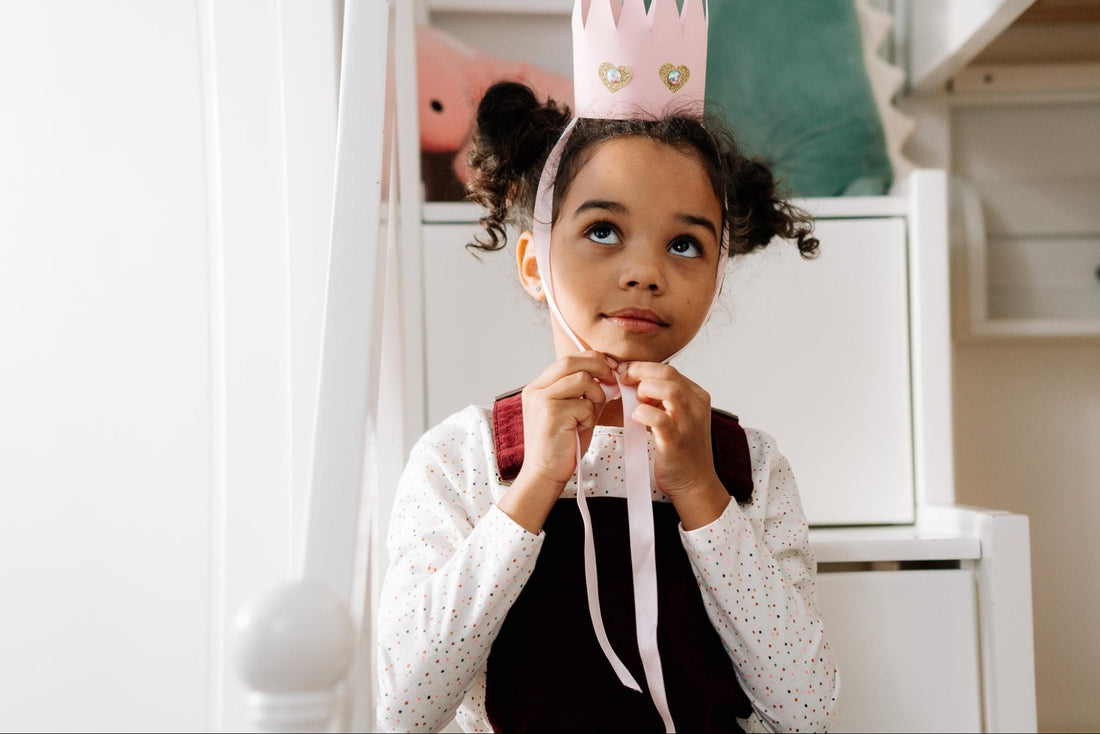Step By Step Guide On DIY Montessori Wardrobe
Are you looking for a way to save money while teaching your children how to dress themselves? Do you want to teach your child how to care for their clothes without spending a fortune? Does your child like to have their own space for their clothes, where they can reach them on their own?
A Montessori closet could be a wonderful addition to your child’s room if you answered yes to any of the questions above. The only issue is that a Montessori wardrobe can be very expensive, and you may not need it in a few years’ time. So why not build your own?
In this article, we are going to teach you how to create your very own DIY Montessori wardrobe using accessible materials. This will save you hundreds of dollars and give your little one a wardrobe they’ll surely love.
Materials and Tools Needed
Here’s what you’ll need to build a Montessori wardrobe at home:
- 18mm laminated pine board
- Scrap wooden broom handle
- Pocket hole screws
- Wood glue
- Varnish / Stain
- Circular saw / Table saw
- Straight edge/fence
- Pocket hole jig and bit
- Clamps
- Sandpaper
- Brush
Steps for Building DIY Montessori Wardrobe
After getting all the necessary materials and tools to construct a Montessori wardrobe, it’s time to start building. Follow the steps below to turn your materials into a new wardrobe for your youngster.
1. Cut Your Wood
The very first thing you need to do when starting this project is cut all of your wood into the correct size pieces. As always, measure twice and cut once. Mistakes made while cutting the wood can be expensive. You’ll need to buy more wood if you make it too small.
Cut your wood into appropriate sizes so that it fits seamlessly when assembled. For the classic wardrobe shape, you’ll need two equal-sized side pieces, equal-sized top and bottom pieces, and doors and dividers inside the wardrobe.
One method of organizing clothing is using shelves or drawers on one side and a large closet on the other.
Once you’ve cut the pieces of wood for the shelf, you will need to assemble the frame of the wardrobe. First, attach the wooden pieces using brackets or dowel joints and screws.
2. Build Shelves
This is the essential part of building the wardrobe. Note that getting the shelves wrong can ruin the aesthetic and make them stiff when installed, causing a challenge for young children to open and close them.
Use strong materials to hold the shelves together. Ideally, you can use wood glue with dowels. Otherwise, you can screw them together. Just be careful not to split the thin pieces of wood in the shelves when joining them.
Alternatively, you can use wood nails to assemble the shelves. Just make sure there are no ends of the nails poking out where they can scratch someone.
3. Install the Hanging Rod
The hanging rod is the metal bar that goes across the top of the wardrobe for hanging clothes. Again, this will need to be placed at a height your child can easily reach.
To secure the hanging rod, attach it to the side pieces with strong screws and some glue to ensure it holds.
4. Sand the Wardrobe
Sanding wood smoothes out the surface and leaves a pleasant finish. It removes existing coatings, preparing the wood for a finish like a varnish or paint. It will also remove any small pieces sticking out that could splinter or prick your little one’s finger.
5. Wood Finish
Once you’ve finished sanding, apply whichever finish you choose to the freshly sanded surface. Varnishes, stains, or paints are all common finishes for wood furniture, and each has its own merit.
This step is also where you can get creative and use stencils to paint your child’s favorite characters or images onto their wardrobe.
Completed wardrobes have a clear, non-VOC-cured finish and are smooth to the touch.
Factors to Consider for DIY Montessori Wardrobe
DIY Montessori Wardrobes are on-the-go trends, which is great for busy parents who want to encourage their children to develop self-confidence and become independent at an early age.
With a Montessori wardrobe, your child can begin to wear their clothing early and develop the skills needed for everyday living. Your DIY Montessori wardrobe should include the following to ensure it’s a hit.
Easy Access
Make sure low hangers are available for children who need them. There’s little point in a Montessori wardrobe if your toddler can’t reach the hangers. Ensuring that they have easy access means they’ll be able to dress without assistance and soon be able to dress independently.
Assign Visual Labels
The key to this Montessori wardrobe’s success is its large number of drawers and bins that provide lots of space for storing clothes and providing visual labels so the child knows what’s inside each bin.
This makes teaching your child how to put their clothes away easier and less stressful for the child (and you). Adding labels to the bins and shelves can also help your child develop organizational skills, which will assist them greatly as they grow up.
Perfect Configuration
To create a Montessori wardrobe, be sure there’s enough room for everything with a combination of racks, shelves, and baskets. Teaching your child to take care of their clothes will be a challenge if there isn’t enough room for the clothes in the wardrobe in the first place.
Benefits of DIY Montessori Wardrobe
There are many advantages to your child having their own wardrobe. Here are just a few of the great benefits of Montessori wardrobes for children:
Shows Respect
A Montessori wardrobe teaches your child how to show respect for themselves and their parents. They learn how to put away their clothes and the importance of keeping their space tidy. They will also learn respect for their parents by putting away their clothes and dressing when asked.
Promotes Self-Reliance
When a child uses their wardrobe to hang their clothes and choose their outfits, they take responsibility for themselves. This is giving your children freedom and independence.
Children learn about personal responsibility and self-reliance by choosing their own clothes every day.
Builds Self-confidence And Self-esteem
A Montessori closet provides children with a place where they can feel proud of their creations. It also allows them to develop independence by giving them a space to create things that reflect who they are. This can help your child to establish a style and develop their personality at a young age.
By allowing children to choose what they wear and creating a space where they can be creative, they gain confidence in their ability to succeed in other aspects of life.
Life Lessons
Self-reliance and self-respect are important life skills for everyone to know and practice. For example, having the opportunity to dress themselves is a powerful motivator for kids to practice good hygiene. They learn the value of dressing well and presenting themselves in clean clothes.
As they grow older, these habits will stay with them as they learn to take better care of their bodies.
Frequently Asked Questions:
How do I decide if my child needs a Montessori wardrobe?
Consider getting a Montessori wardrobe if you have a young child. Young children don’t yet understand the importance of dressing well and having clean clothes. Likewise, they’re not aware of the consequences of wearing dirty clothes.
So, by encouraging them to dress, you’re helping them develop independence and learn how to present themselves well.
What materials do I need to build a Montessori wardrobe for my child?
You’ll need wood, nails, screws, paint, and fabric. You can find all those items at your local hardware store, or you may even already have them lying around the house.
Can I use plastic bins instead of wooden ones?
Yes, you can use plastic bins. However, they won’t last as long because they’re typically made out of cheap material. However, some wooden bins are also made of cheap, flimsy, and untreated wood, so use your best judgment when deciding what to use.
Is it safe to let my child play inside a Montessori wardrobe while I’m gone?
You should not worry about your kid getting hurt while exploring a Montessori closet. Remember that they may want to explore everything by touching it. Removing potential hazards, such as sharp edges, will ensure it’s safe. Also, securing the wardrobe so it can’t fall over will ensure it doesn’t fall on your toddler.
Final Thoughts
If you have children, you should definitely consider doing a little bit of DIY when it comes to their wardrobes. Not only will it save money, but it also gives you the satisfaction of knowing exactly where everything came from.
Plus, it’s fun to see your child grow into his or her own style over time.
Now that your little one has an epic wardrobe of their own, why not fill it with items they’ll love? Check out the awesome collections at RocketBaby to get your young one some stylish clothes and accessories today.



